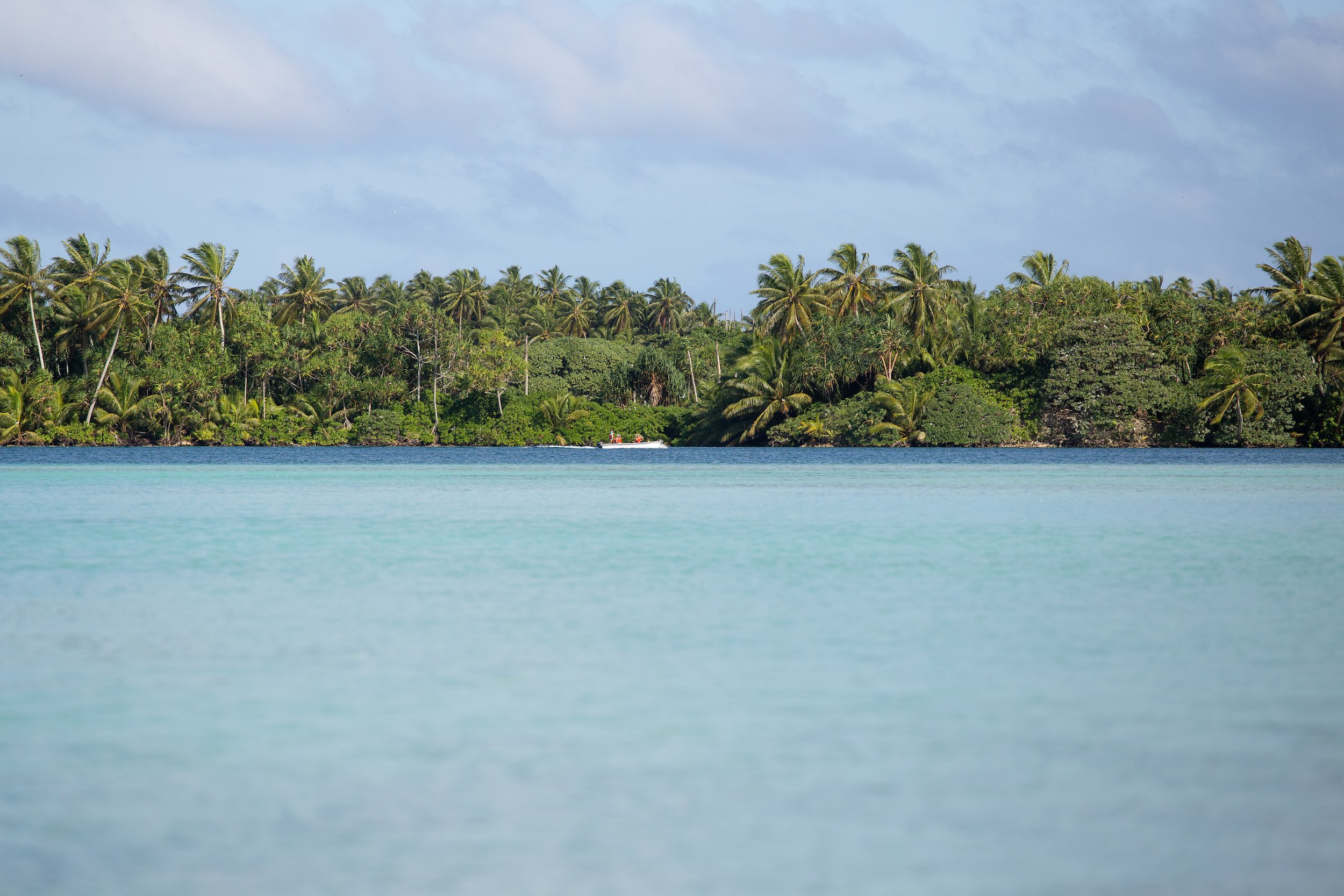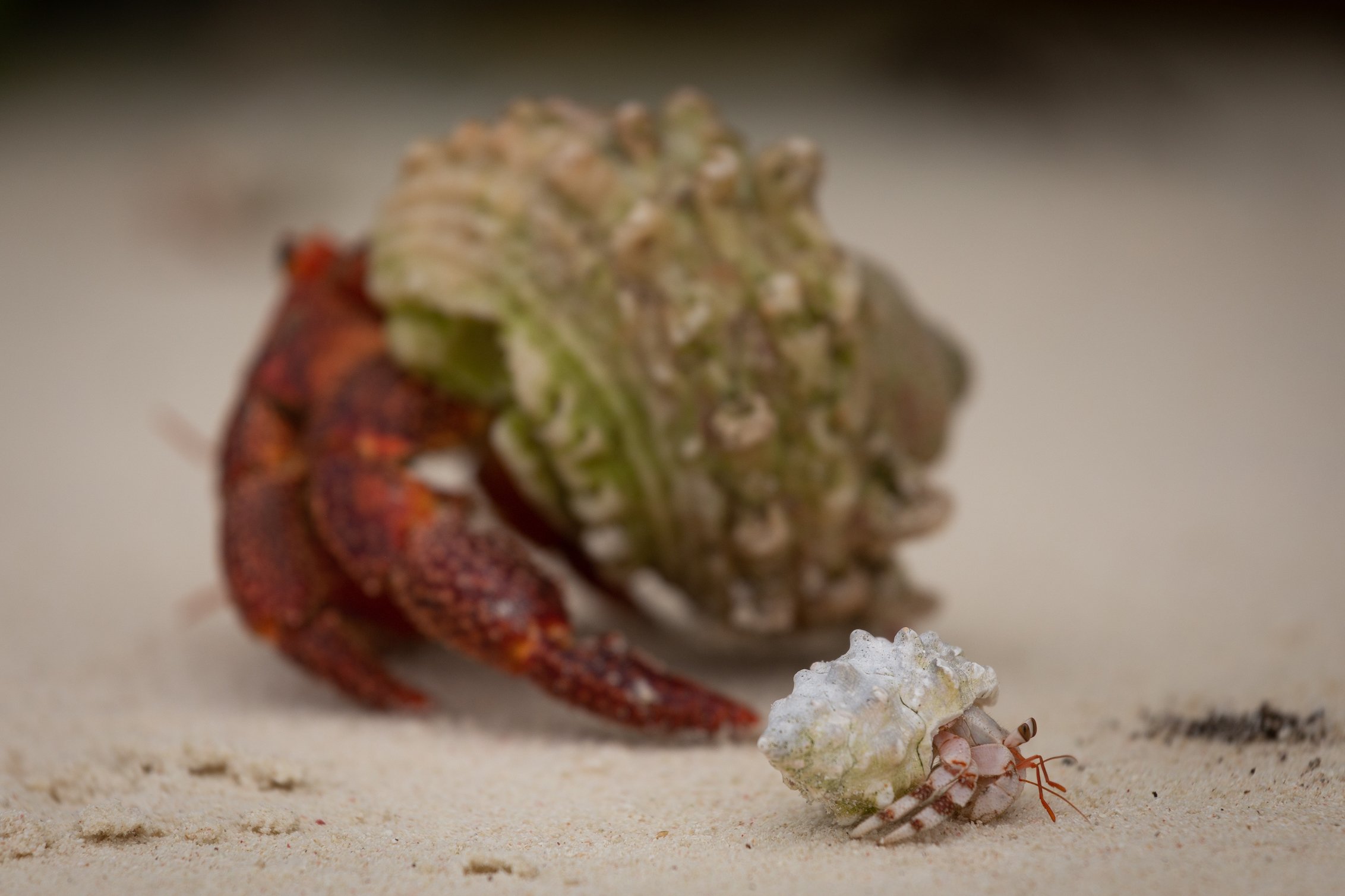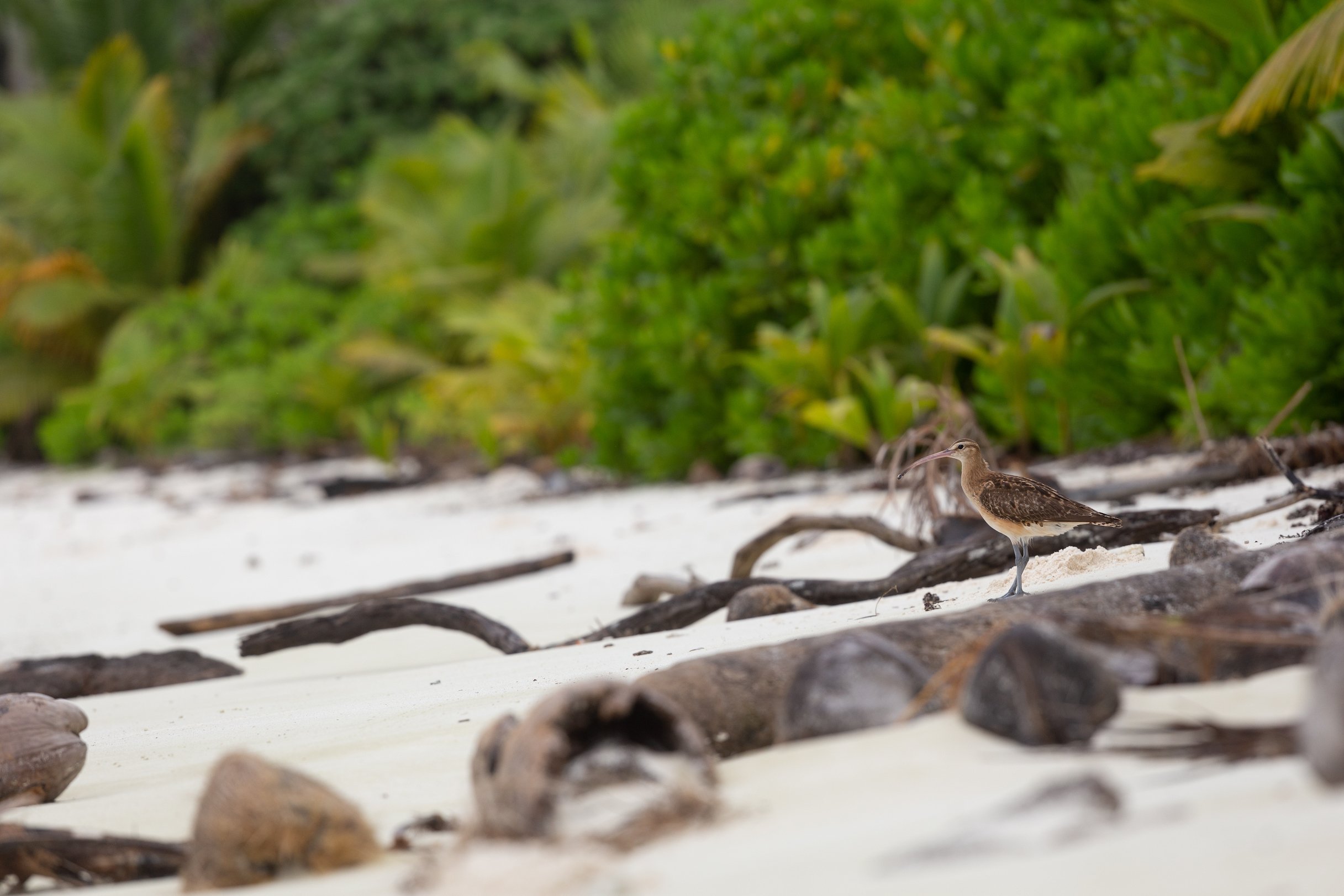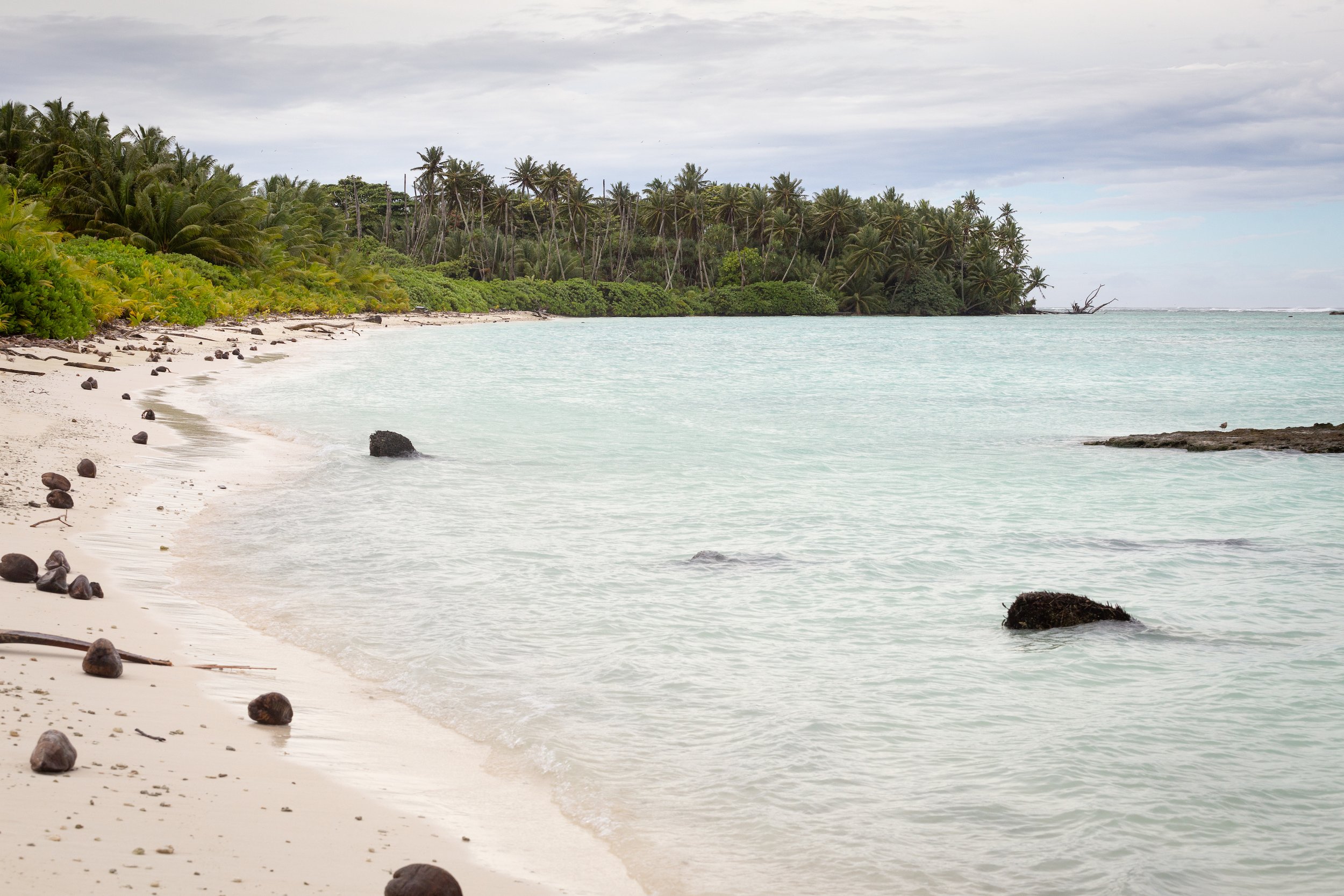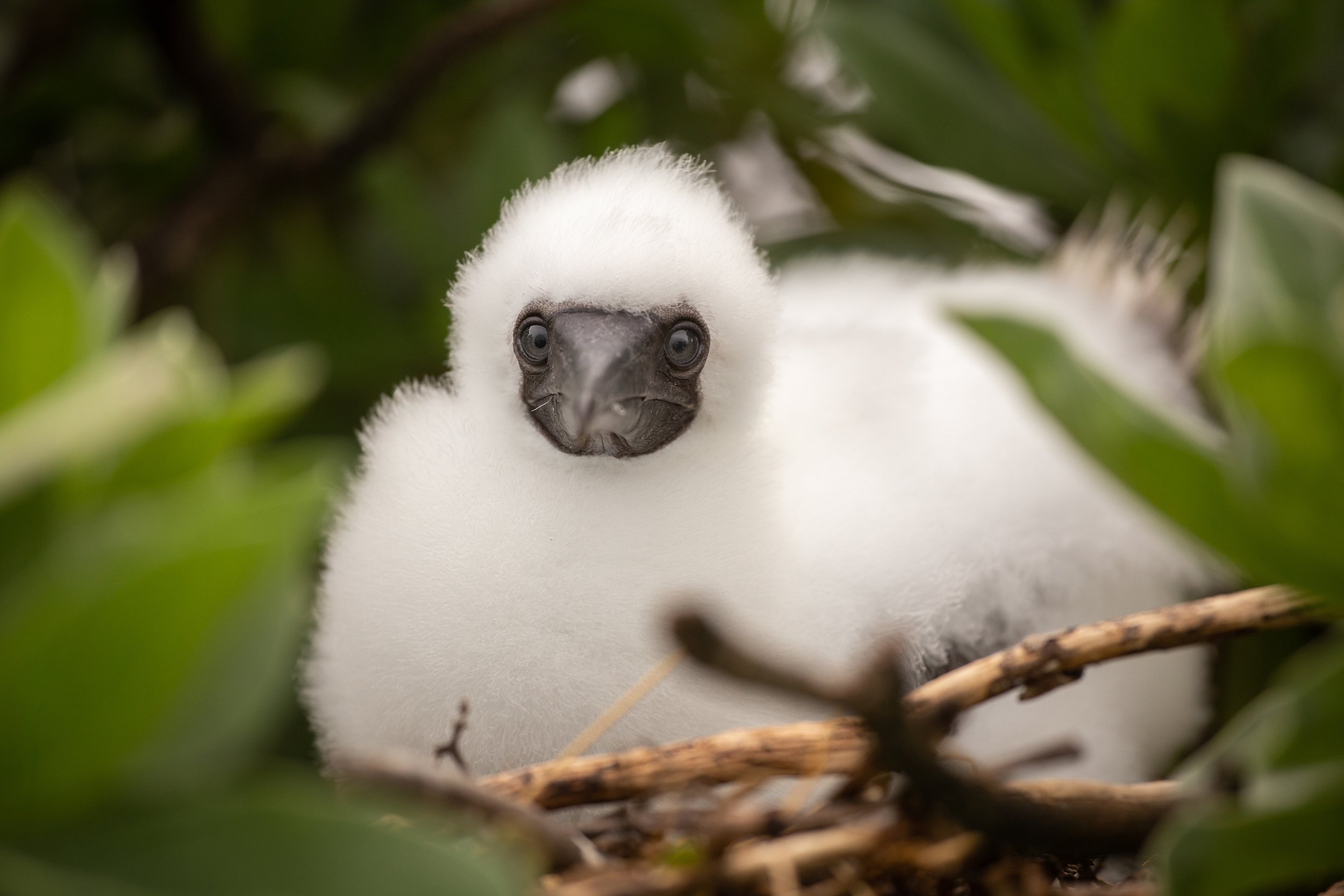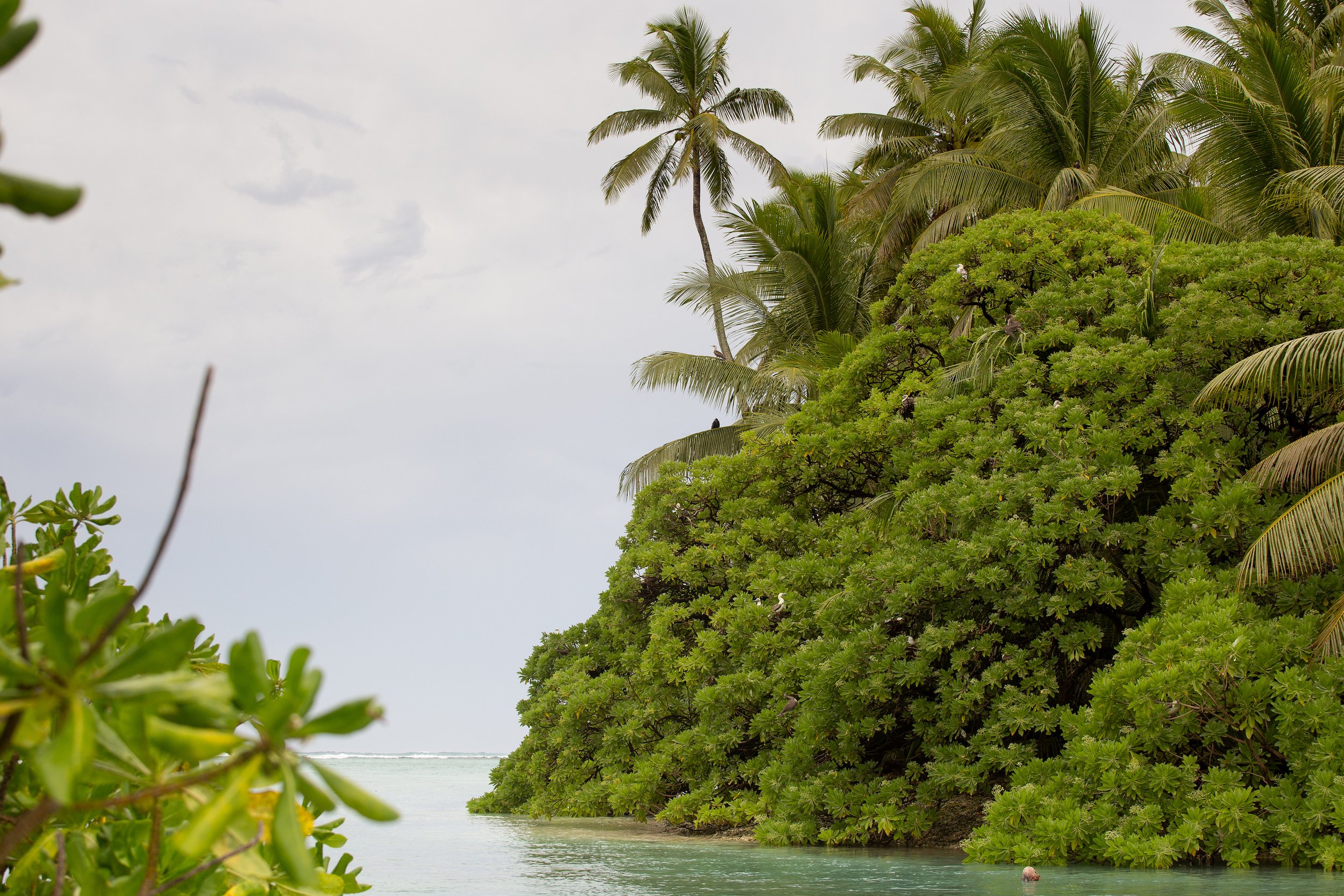I’ve recently returned from a month on Palmyra Atoll, a collection of small islands rimmed by an extensive reef system located basically at the geographic center of the Pacific Ocean. I was helping capture red-footed and masked boobies for a movement study, where we attached small devices for short 2-day periods to collect GPS, accelerometer, and video footage while birds were out foraging at sea. Writer’s block continues, so here are some photos I grabbed during my free time to sum up the trip.
science
We're all getting older /
There are approximately 500 wooden boxes (shown with a rock on top in the photo) scattered around on Southeast Farallon Island that are used as nesting habitat by Cassin’s auklets, the small seabird I’m holding in the photo. These boxes have been checked every year since 1982, where pairs of auklets using each box can be identified by a uniquely numbered metal band placed on the right leg. Some of the auklets that recruit into these boxes were banded as chicks, allowing us to track age-specific patterns of behavior, reproduction, and mortality. The bird in my hand is the oldest known-age individual currently breeding in the followed nest boxes, a female based on bill depth measurements with the band # 131319997. She received this band as a fledgling when I was still in high school back in 2001, first started breeding at age 3, and has produced 16 offspring with 3 different mates so far in her long life. We discovered her incubating a fresh new egg this year in box 212 with a new mate. At age 19, she is nearing the end of her life, and time will tell whether she manages to survive this winter to breed again next year.
This figure shows all of the known-age birds breeding in the boxed population this year. Dark grey squares at the top show the hatch year of each bird (band #’s along the x-axis), gaps are years where they were not detected, and colors show the type of breeding attempt numbered by how many chicks were fledged each year. Cassin’s auklets lay a single egg per clutch (blue squares), will relay if the initial attempt fails (yellow), and occasionally double brood (lay another egg) after they fledge their first chick (pink). Auklets can recruit as early as age 3 and live to be up to 23 years old. Most birds don’t live into old age, but a few like 131319997 surpass all expectations. Click HERE for a full resolution image.
Auklet Family Tree /
Part of the basic seabird monitoring work we do on the Farallones involves tracking the reproductive history and lifespan of Cassin’s auklets that were given uniquely marked metal leg bands as chicks. Just over 400 wooden nest boxes were installed across the island in 1983, which mimic the natural burrows used by the auklets, and birds quickly started breeding in them. Over the past 35 years, each box that contained a known-age pair was checked every 5 days to note when an egg was laid, whether or not that egg hatched, and whether or not the chick reached fledgling age. Some of these chicks from known parents recruited into their own nest boxes and started breeding, resulting in multiple generations of birds all within close proximately to each other. Above is a family tree created with the kinship2 package in R, showing the largest pedigree in the known-age dataset that spans 6 generations from 1987 up until 2018. Click HERE for a higher resolution version.
Bill Load of Fish /
This animation represents the total number of prey delivered by common murre parents to awaiting chicks during a 14-hour diet watch. Each red dot depicts a single breeding site in one of our followed study plots on Southeast Farallon Island. Circles appear when a fish is delivered, and intensify in color as more fish are brought in throughout the day. Common murres deliver a single item after each foraging trip, the size and species of which are identified by Point Blue field scientists as birds fly into their respective sites. On this particular day in 2016, foraging parents were bringing in predominately anchovy, followed by juvenile rockfish and a mix of less common items such as squid, smelt, flatfish, and juvenile salmon.
Kilowatt Plot /
Kilowatt hour (kWh) is the standard unit of energy consumption, equivalent to 1000 watts per hour. For example an electric oven that consumed 1000 watts in an hour, or 100 watt heater that ran for 10 hours, both used 1 kWh of energy. On average, according to the US Energy Information Administration, an American household consumes just over 850 kWh per month. Looking at this plot, where each blue dot represents total kWh used each month, even in the dead of winter here in Alaska Casey and I stay well under the national average. Of course we don’t have an kids, don’t have air conditioning, and live in a small 800 square foot cabin heated by burning oil. Still, temperatures regularly dip below -10F in the winter, and we have to do things like plug in our cars to keep the engine oil warm, so I think we’re doing alright. Just for fun, I fit a simple linear model to our monthly energy consumption, which takes into account average monthly low temperature, day length on the 15th of each month, and number of days per billing cycle. The model (yellow line with shaded confidence region) predicts our monthly usage pretty well, tracking lower consumption during the longer warmer days of summer, and higher consumption during longer colder nights of winter. Of course the model isn’t perfect, but something odd did happen during the months leading up to 2017. A mystery that has yet to be solved.















